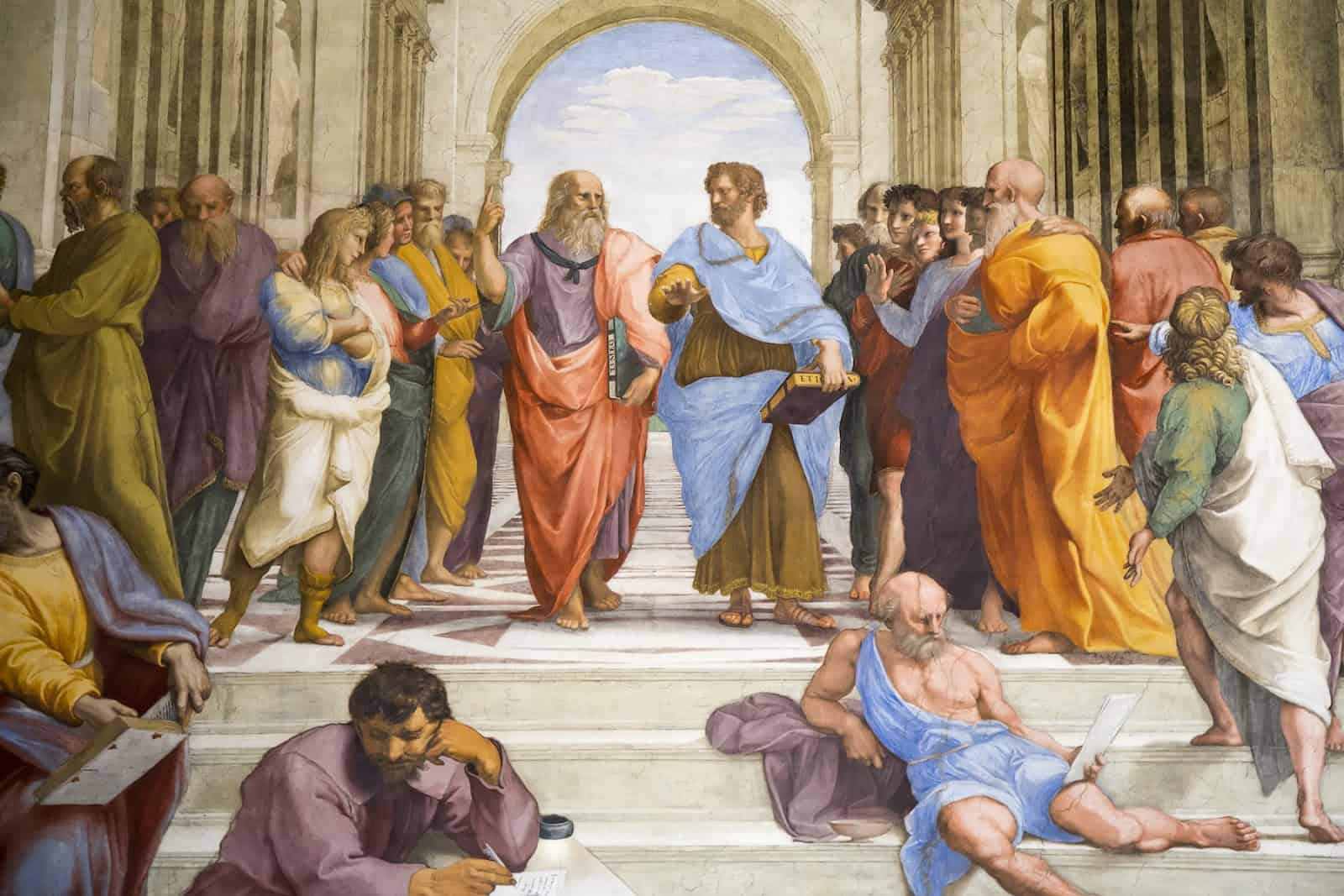How to understand the normative nature of a picture?
“Pictures have often been considered as means of representation or as forms of expression. However, an agent can use pictures for different goals (Mitchell, Nyíri) and more specifically, pictures can have a normative sense (Lorini).
The expression ‘normative sense’ is vague and it hides different possible meanings. In general, it is possible to use a picture to impose a norm (e.g. traffic signs, urban planning), in this case, some scholars talk about graphic rules or drawn norms (Moroni and Lorini, Maynard).
It is also possible to use a picture to translate a norm: this is a specific form of intersemiotic translation (Jakobson). The intersemiotic translation of rules can be a precious instrument of legal clarification: for instance, in contractual design. In this case, the normative picture is a partial or total visualisation of normative text (Haapio).
This paper aims to point out that the normative nature of the drawing reflects the intention behind the drawing activity or the attitude of the users of the drawings.
In fact, on the one hand, an agent can produce a picture or locate it in a particular place to create a new norm, in the matter in question, the activity of the drawer could be considered part of the procedure that leads to the creation of a norm.
On the other hand, an agent can produce a picture that refers to an existing norm. The production of a picture that represents an existing norm can have different functions that I will point out by analysing three different examples. The first example concerns the activity of a contract designer that can use the picture to clarify the clauses of a commercial contract (this can transform a contract into a valuable instrument of management). Moreover, a second example concerns an activist that can illustrate several norms to overcome the linguistic and technical barriers between the lawgiver and the potential norms’ addresses. The third case relates the activity of a painter that produces normative pictures to reinforce norms already valid in a community.
The different forms of normative visualisation can follow specific strategies. In general, there are at least three different strategies of norm visualisation: Pushmi-pullyu representations (i.e., in R. Millikan’s lexicon, forms of normative visualization that appeal to more primitive mechanisms of imitation); the representation of the unpleasant consequences of the norm violation; the creation of a system of symbolic graphic representations. The different, forms of norms visualisation can reflect and be influenced by the norm’s typology.
However, the different forms of norm visualisation do not reflect the relation between norms and pictures. In other words, in this presentation, I will show that it is impossible to understand the specific function a normative picture without analysing both the actual use of that picture and the social and historical context in which that picture is produced. The bare observation of a picture cannot reveal its specific normative nature.”
Olimpia G. Loddo earned a Ph.D. in Philosophy of Law from the University of Milan in 2012 and cooperates as postdoctoral volunteer research assistant with the Department of Law of the University of Cagliari. She is assistant editor in “Argumenta. Italian Journal of Analytic Philosophy”. Her current research interests include general theory of law, social ontology, customary law, philosophy of norms, deontic logic, phenomenology of law. She is the author of several articles published in (national and international) peer reviewed journals. Essays and translations (from English and German) by Olimpia Loddo have also been published in edited collections on phenomenology of law, anthropology of revenge, philosophy of images. She is co-editor (with Pier Luigi Lecis, Giuseppe Lorini, Vinicio Busacchi, and Pietro Salis) of the edited collection “Truth, Image and Normativity”. She edited (with Roberto Pusceddu) the book “Anancastico in Deontica” [The Anankastic in Deontics], LED, 2017 (auth. Giuseppe Lorini). She is the author of the book “Ideologie e concetti in azienda. Un’analisi filosofica degli usi aziendali” [Ideology and concepts in the Firm. A philosophical analysis of company customs], ESI, 2017.




